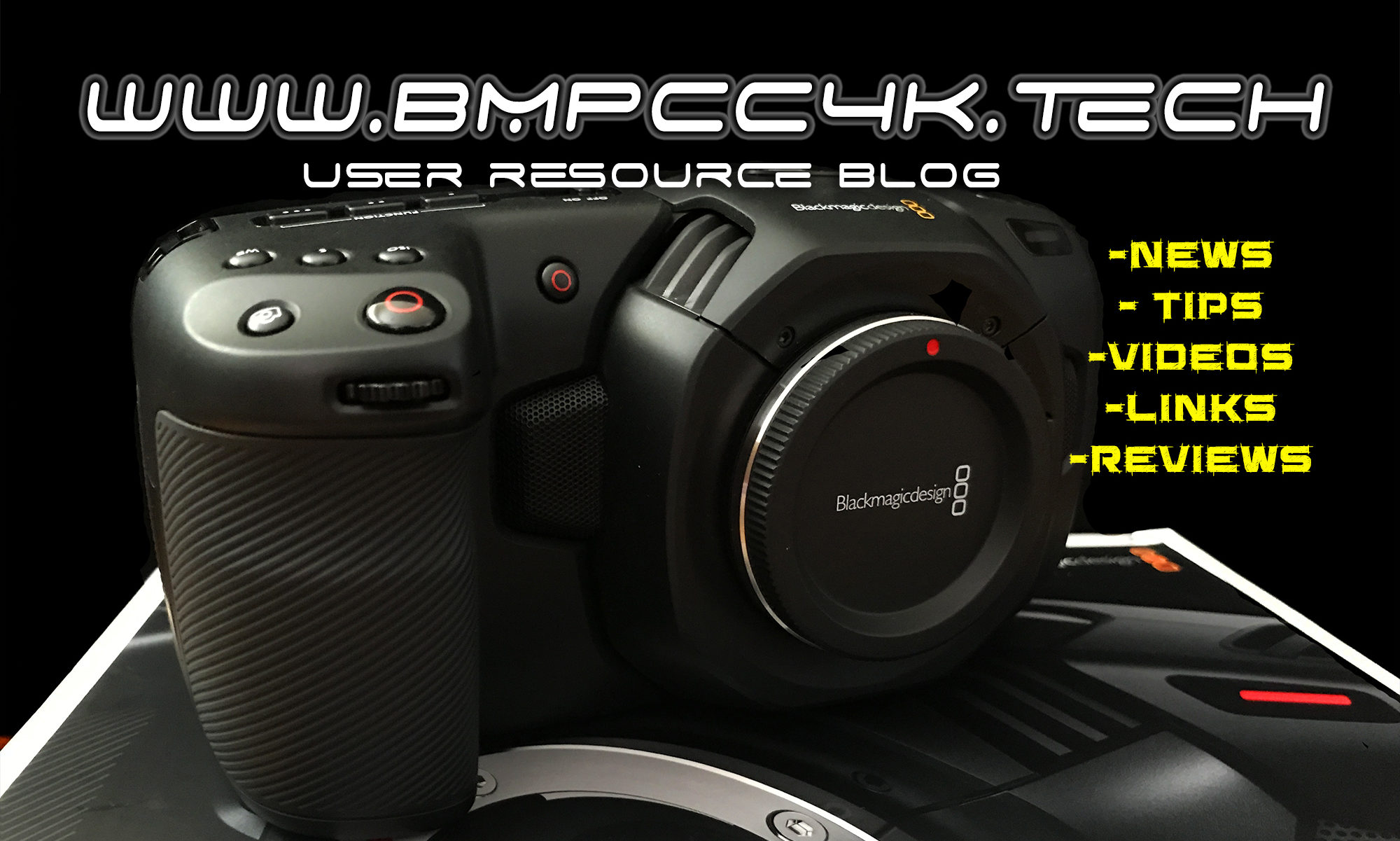I received a few emails about the video recently published comparing a Pixco v BMCC Metabones so I wanted to explain it a little further. I chose the Sigma 18-35mm 1.8 APS-C lens because that seems to be the most widely used zoom ef lens for mft systems due to sharpness and speed (lowlight).
So why choose a generic Pixco .71x 1 stop to compare against the BMCC Metabones .64x 1 1/3 stop? Because many forums have been debating if the old BMCC Metabones could be used on the BMPCC4k and many claim that it works perfectly fine. The Pixco was used because it is insanely low priced and I already owned it. I also already own the BMCC Metabones.
So then, why the vignetting and distortion on the BMCC Metabones? Well the lens is APS-C and the BMCC Metabones is a .64x which is designed for a smaller sensor than the one on the BMPCC4k. Therefore it vignettes and distorts. Although after corresponding with Metabones they said the BMCC Metabones .64x is the same crop as the XL but not sure “if the rear element will tip the shutter/filter” of the BMPCC4k. The XL .64x and the Ultra .71x are for full frame lenses while the Ultra .71x should be used for the APS-C. There is nothing wrong with the design and function of the BMCC Metabones it was just designed for a smaller sensor and will crop and distort with an APS-C lens on the BMPCC4k

And why is the Pixco slightly “darker” than the BMCC Metabones? It is due to the fact that the BMCC Metabones is 1 1/3 stops and the Pixco is 1 stop which causes the Metabones to allow 1/3 more stops of light in. Therefore making the image slightly lighter and more pixel/color data is obtained by the sensor.
Choosing the right focal reducer depends on what type of glass you own.
Keep the magic alive,
MT
editor/founder

